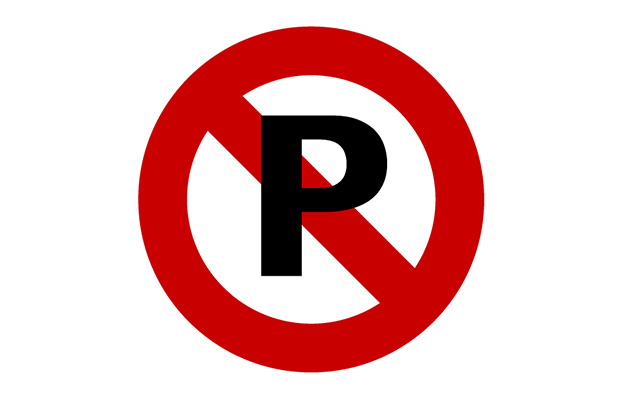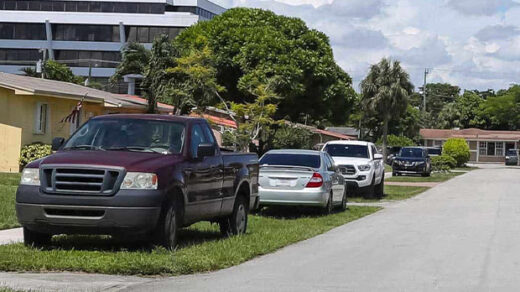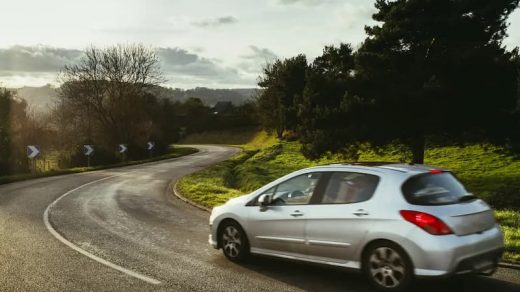Have you been misled by those parking signs? Lacking a parking schedule or location? You’re in the proper spot.
In order to prevent fines, we’ll explain how to read parking signs and describe the common signs and what they mean. Let’s start!
Table of Contents
What Function Do Parking Signs Have?
The signs only provide the information you require, such as:
- where you can park
- how long you can park there for
- times and days that the parking rules apply
- if you need to pay at a parking meter.
The word “meter” on a parking sign indicates that there is a fee for parking there. To purchase a parking ticket, locate the nearby meter. Leave the ticket inside your car on the dashboard so that it can be read from the outside. (But keep in mind that you can park there for no charge outside of the hours indicated on the sign.)
It can be challenging to read parking signs in Australia. especially when you are in moving traffic and you really don’t have much time to figure them out. Let’s take a quick look at the most prevalent components.
There isn’t a time limit if you only see the letter P. You are free to leave your vehicle there whenever you like, day or night.
The presence of a number before or after the P, however, is more typical. The number on the sign, informs you that there is a time limit. One hour of parking, for instance, is indicated by 1P.
Common Parking Signs You Should Know
1/2 P Parking
Sometimes it’s easy to understand parking signs in Australia. It isn’t always, though. The numbers and symbols on parking signs determine how to interpret them. What if they aren’t immediately apparent?
What does 1/2 P parking refer to? Actually, neither is it; it’s neither 1 nor 2. Parking is only permitted for a half-hour if it is designated as 1/2 P Parking. The day or days listed on the sign may also need to be taken into consideration when learning how to read parking signs in Australia. Does the sign specify Mon-Fri? On those days only, the stated policy is applicable.
15-Minute Parking Sign Rules
15-minute parking signs might include the word ‘or the letter P for minutes. Therefore, “15 Minutes” or “1/4P” both denote parking for only 15 minutes. You must move your car from that location in no more than 15 minutes.
Five, ten, or fifteen minutes are considered short-term parking. It is intended to maintain a high volume of visitors to a location, preventing anyone from reserving a parking space for the entire day. (In any case, not legally.)
In Australian cities, parking is frequently subject to time restrictions. However, we also need to include the other signs you’re likely to see because otherwise, we can’t make a guide to reading Australian parking signs. They can occasionally be just as unclear.
No Stopping
This one goes a step further: you can’t stop in this area for any reason. A solid yellow line along the side of the road is occasionally present in addition to the sign. Continue driving if you see this sign.
No Parking
About No Parking, this one is fairly easy: you may not park in the area indicated. You are only permitted to make a 2-minute stop in this area to pick up or drop off passengers. Owners of a Mobility Parking Permit, however, may leave their vehicle here for up to five minutes.

Disability Parking
There could be a wheelchair-themed sign somewhere. This is the icon that appears on parking signs for disabled people in Australia. It means that this parking area must only be used by a driver with a certified mobility parking permit.
If you do so, your permit must be visible from the outside of your vehicle and must be displayed on your windscreen. Parking spaces for disabled people are typically bigger and located nearer to important entrances or locations.
Clearway Signs
During rush hour traffic, a clearway sign will typically be in effect, and it will indicate the days and times when it is appropriate. If there is a clearway sign, you cannot stop there for an extended period of time. If you do stop, be prepared to pay a fine. You might even end up having your car towed away.
If you’re operating a bus, taxi, or limousine and need to drop off or pick up passengers, you’re exempt from this rule.
Loading Zones, Bus Zones, Taxi Zones, And Works Zones
Understanding the regulations for loading zones, bus zones, taxi zones, and work zones are necessary for reading Australian parking signs. Fortunately, they’re all fairly easy.
Taxi Zone
Unless you are driving a taxi, avoid stopping in a taxi zone at all costs. A designated area where taxis can pick up and drop off customers is known as a taxi zone.
Loading Zone
Commercial vehicles that need to load or unload cargo are only permitted in loading zones. However, other vehicles can pause in order to pick up or drop off passengers.
Bus Zone
You cannot stop in a bus zone for any reason if you are not operating a public bus. Keep this area clear so that buses can pick up and drop off passengers (you’ll be glad you did when your next bus arrives on time).
Works Zone
Vehicles working nearby construction projects are the only ones that are permitted to stop or park here. Other vehicles may briefly pause in order to pick up or drop off passengers.
Related Reading: Understanding No Parking & No Standing & No Stopping Signs
How To Read Parking Signs In Australia?
As you can see, there are many various signs to be aware of. However, most of the time the laws are quite straightforward. No matter which state you’re in, here’s how to read parking signs in Australia.
- P means you can park here
- The number before the P tells you how long you can park for (2P is 2 hours)
- Some rules only apply on certain days, but the sign will tell you what days
- Some parks may need a paid parking ticket
- No parking and no stopping are different (you’re allowed to pick up and drop off passengers in a no parking area)
- There are places set aside for disability parking, clearway, loading zones, buses, taxis, and large construction sites.
Tips To Avoid Being Ticketed Or Towed When Parking
 The parking payment system knows where you have parked thanks to the Park Plus zone number. It will confirm whether you can park there right now when you enter the zone number into the system using the meter, phone, or app. Zone 3114 is located to the right of the sign, as the triangle indicates.
The parking payment system knows where you have parked thanks to the Park Plus zone number. It will confirm whether you can park there right now when you enter the zone number into the system using the meter, phone, or app. Zone 3114 is located to the right of the sign, as the triangle indicates.
 Parking to the left of this signpost at any time is prohibited; towing is required.
Parking to the left of this signpost at any time is prohibited; towing is required.
 While it is usually free to park overnight to the right of this sign, if you attempt to do so on Mondays or Wednesdays between 1:30 a.m. and 3 a.m., you will be ticketed. and 7 a.m.
While it is usually free to park overnight to the right of this sign, if you attempt to do so on Mondays or Wednesdays between 1:30 a.m. and 3 a.m., you will be ticketed. and 7 a.m.
 By paying the Park Plus system, you can park to the right of this sign for two hours (pro tip: put the zone number on your phone and you can renew your time through the app or phone line), as long as it’s between 9 a.m. Monday through Friday. and 3:30 p.m. or Saturday from
By paying the Park Plus system, you can park to the right of this sign for two hours (pro tip: put the zone number on your phone and you can renew your time through the app or phone line), as long as it’s between 9 a.m. Monday through Friday. and 3:30 p.m. or Saturday from
9 am to 6 p.m.
 Tuesday through Friday, 3:30 to 6 p.m. you not only can’t park here, but you also can’t even stop. Even while inside your vehicle, you still risk receiving a ticket or being towed. Parking here is free of charge at all times besides those specified, such as all day on Sunday.
Tuesday through Friday, 3:30 to 6 p.m. you not only can’t park here, but you also can’t even stop. Even while inside your vehicle, you still risk receiving a ticket or being towed. Parking here is free of charge at all times besides those specified, such as all day on Sunday.



